| |
|
|
Botanical Name |
: |
Tephrosia purpurea |
English
Name |
: |
Wild Indigo |
Synonym(s) |
: |
Galega purpurea Linn. , Cracca purpurea L., Tephrosia hamiltonii Drumm. Ex Gamble |
Family |
: |
Fabaceae |
| |
General Info
| Description |
 |
|
A polymorphic perennial herb 30-60 cm tall, glabrous. Leaves imparipinnate, 5 to 15 cm long; petioles linear, elliptic to oblanceolate, apex obtuse, base acute, glabrous above and pubescent beneath. Flowers pink, red or purple, 4 to 9 mm long, borne in many flowered, leaf opposed racemes aw pedicels 3 mm long; calyx 4 mm long, corolla twice as long as the calyx, pubescent. Fruit pod, slightly curved, compressed, glabrescent, dehiscing. Seeds greenish grey, 4 to 10 smooth ovoid. |
| Herb Effects |
 |
|
Antirheumatic, diuretic and anthelmintic (root); antihepatotoxic, stimulates the central nervous system, antiprotozoal, purifies the blood and analgesic (plant). |
Chemistry
| Active Ingredients |
 |
|
Beta-sitosterol, betulinic acid, lupeol, (plant); pongamol (seed); rotenone, tephrosin (root); rutin and beta-sitosterol (leaf) |
| Chemistry
of Active Ingredients |
 |
|
|
 |
Name |
CAS# |
IUPAC Name |
Formula |
Structure |
 |
|
| Pongamol |
484-33-3 |
1-benzofuran-5-yl-3-
phenyl-propane-1,3-d
ione |
C17H12O3 |

|
| Lupeol |
Not Available |
Not Available |
C30H50O |

|
| Rutin |
Not Available |
2-(3,4-dihydroxyphen
yl)-4,5-dihydroxy-3-
[3,4,5-trihydroxy-6-
[(3,4,5-tr
ihydroxy
-6-methyl-tetrahydro
pyran-2-yl)oxymethyl
]tetrahydropyran-2-y
l]
oxy-chromen-7-on
e trihydrate |
C27H36O19 |
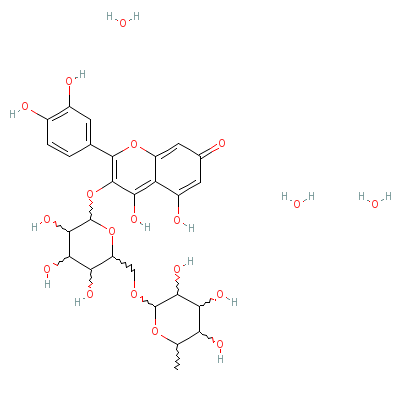
|
| Beta-Sitosterol |
5779-62-4 |
17-(5-ethyl-6-methyl
-heptan-2-yl)-10,13-
dimethyl-2,3,4,7,8,9
,11,12,14,
15,16,17
-dodecahydro-1H-cycl
openta[a]phenanthren
-3-ol |
C29H50O |
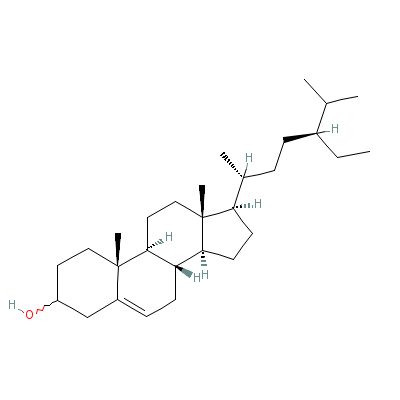
|
| Betulinic Acid |
4481-62-3 |
Not Available |
C30H46O3 |
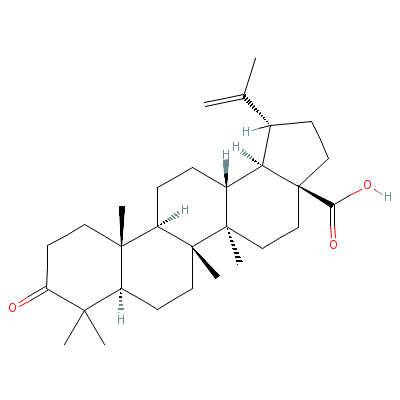
|
| Rotenone |
Not Available |
Not Available |
C23H22O6 |
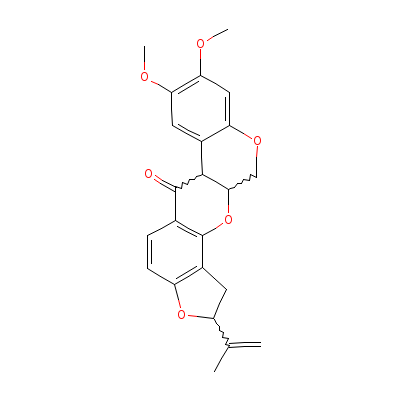
|
| Tephrosin |
Not Available |
Not Available |
C23H22O7 |
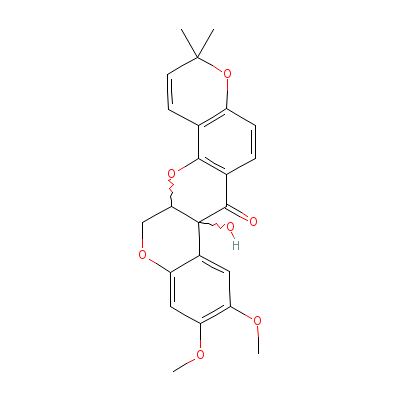
|
|
Pharmacology
| Medicinal Use |
 |
|
Spleen enlargement, liver problems, as an antirheumatic, diuretic and anthelmintic (root); in tympanitis and as a blood purifier (plant); in skin diseases and rat poisoning (seeds). Used to treat bronchitis, bilious febrile attacks, treatment of boils, pimples, bleeding piles, jaundice and kidney disorders. |
| Reference |
 |
|
 Chandel et al.,Biodiversity in Medicinal and Aromatic Plants in India. Chandel et al.,Biodiversity in Medicinal and Aromatic Plants in India.
Uniyal et al., Medicinal Flora of Garhwal Himalayas.
|
Dealers
Products
|
|